Illuminating the iPhone: Exploring the Power of Wallpaper Light
Related Articles: Illuminating the iPhone: Exploring the Power of Wallpaper Light
Introduction
With enthusiasm, let’s navigate through the intriguing topic related to Illuminating the iPhone: Exploring the Power of Wallpaper Light. Let’s weave interesting information and offer fresh perspectives to the readers.
Table of Content
Illuminating the iPhone: Exploring the Power of Wallpaper Light

The iPhone, a ubiquitous device in today’s digital landscape, has evolved beyond its initial function of making calls and sending messages. It has become a personalized extension of its user, a constant companion reflecting individual tastes and preferences. One crucial element in this personalization is the wallpaper, the visual backdrop that greets the user upon unlocking the device. The wallpaper, however, is more than just a static image. It plays a significant role in the overall user experience, influencing both the aesthetic appeal and the functionality of the iPhone. This article delves into the multifaceted world of iPhone wallpapers, specifically focusing on the impact of light and its interplay with the user interface.
The Significance of Light in User Interface Design
Light, in the context of user interface design, is not just about aesthetics; it serves a crucial role in enhancing usability and accessibility. The way light is incorporated into an interface can significantly impact the user’s perception of information, their ability to interact with the device, and ultimately, their overall satisfaction.
1. Visual Clarity and Contrast:
Light plays a fundamental role in creating visual clarity and contrast, which are essential for users to easily discern information on their screens. A well-designed interface utilizes light to highlight important elements, guide the user’s attention, and ensure readability. For example, a wallpaper with high contrast between its background and foreground elements will make icons, text, and other UI components stand out, improving their visibility and ease of use.
2. Mood and Emotion:
The color and intensity of light can evoke specific emotions and create a particular mood. This is particularly relevant in the context of mobile devices, which are often used in diverse settings and for a variety of purposes. A calming wallpaper with soft, muted colors can create a relaxed atmosphere, while a vibrant wallpaper with bright hues can energize the user.
3. Accessibility:
Light is a critical factor in ensuring accessibility for users with visual impairments. High-contrast wallpapers with clear visual separation between elements can greatly improve the usability of the iPhone for individuals with low vision.
The iPhone Wallpaper as a Light Source
The iPhone wallpaper, when strategically chosen, can act as a dynamic light source, influencing the overall user experience in various ways.
1. Ambient Light:
The wallpaper can serve as a source of ambient light, affecting the overall brightness of the screen and influencing the user’s perception of the surrounding environment. A dark wallpaper can create a sense of intimacy and focus, while a bright wallpaper can enhance the feeling of spaciousness and openness.
2. Dynamic Lighting Effects:
Modern iOS features allow for dynamic wallpapers that change based on the time of day, mimicking the natural light cycle. These features can create a more immersive experience, providing a subtle visual cue that aligns with the user’s environment.
3. Customization and Personalization:
The ability to customize the wallpaper allows users to tailor the light environment to their individual preferences and needs. A user might choose a wallpaper with a calming color palette for relaxation or a vibrant, energetic wallpaper for work or creative tasks.
Choosing the Right Wallpaper Light
Selecting the right wallpaper light requires considering several factors, including:
1. Time of Day:
The time of day significantly influences the way light is perceived. Wallpapers with warm, earthy tones can be ideal for evening use, while cool, refreshing colors might be more suitable for daytime.
2. Task at Hand:
The type of task the user is performing can also guide wallpaper selection. For tasks requiring focus, a dark, minimalist wallpaper with minimal visual distractions might be optimal. For creative tasks, a vibrant, stimulating wallpaper might inspire and energize.
3. Personal Preferences:
Ultimately, the choice of wallpaper light is a matter of personal preference. Users should experiment with different wallpapers and color palettes to find what best suits their individual needs and aesthetics.
FAQs about iPhone Wallpaper Light
1. How does wallpaper light affect battery life?
While using a bright wallpaper can theoretically increase screen brightness and consume more battery power, the impact is generally minimal. The iPhone’s adaptive brightness feature automatically adjusts screen brightness based on ambient light conditions, minimizing unnecessary power consumption.
2. Are there any specific wallpaper features that enhance the light experience?
Yes, iOS offers features like "Dynamic Wallpapers" that change based on the time of day, simulating natural light cycles. These features can create a more immersive experience and enhance the overall lighting effect.
3. Can I create my own custom wallpapers with specific light settings?
Yes, there are numerous apps and online resources that allow users to create custom wallpapers with specific color palettes and lighting effects. These tools offer greater control over the visual experience and allow for greater personalization.
Tips for Using iPhone Wallpaper Light Effectively
1. Experiment with Different Wallpaper Styles:
Explore various wallpaper styles and color palettes to find what best suits your individual needs and preferences. Consider the impact of different colors and lighting effects on your mood and overall user experience.
2. Utilize Dynamic Wallpapers:
Take advantage of iOS features like "Dynamic Wallpapers" to create a more immersive experience that adapts to the time of day and ambient light conditions.
3. Consider Accessibility:
If you have visual impairments, choose high-contrast wallpapers with clear visual separation between elements to ensure optimal accessibility.
4. Keep it Simple:
For tasks requiring focus, consider using a minimalist wallpaper with a dark background and minimal visual distractions.
5. Prioritize Personalization:
Ultimately, the choice of wallpaper light is a matter of personal preference. Experiment with different options and find what best complements your individual style and enhances your iPhone experience.
Conclusion
The iPhone wallpaper, beyond its aesthetic appeal, serves as a powerful tool for influencing the user experience. The strategic use of light within the wallpaper can enhance visual clarity, evoke specific moods, and create a personalized environment that aligns with the user’s needs and preferences. By understanding the interplay between light, user interface design, and personal preferences, users can leverage the power of iPhone wallpapers to create a more engaging, immersive, and ultimately, a more fulfilling digital experience.

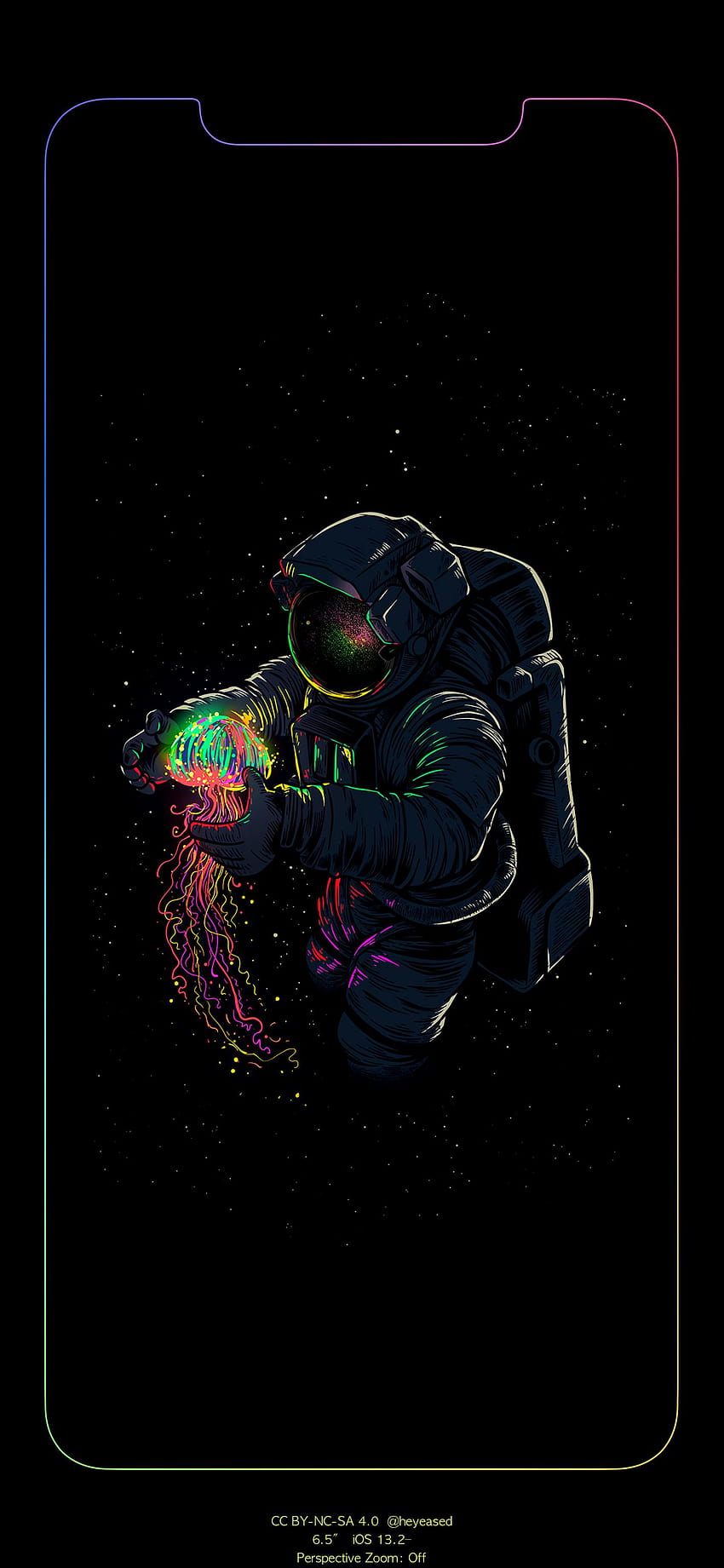
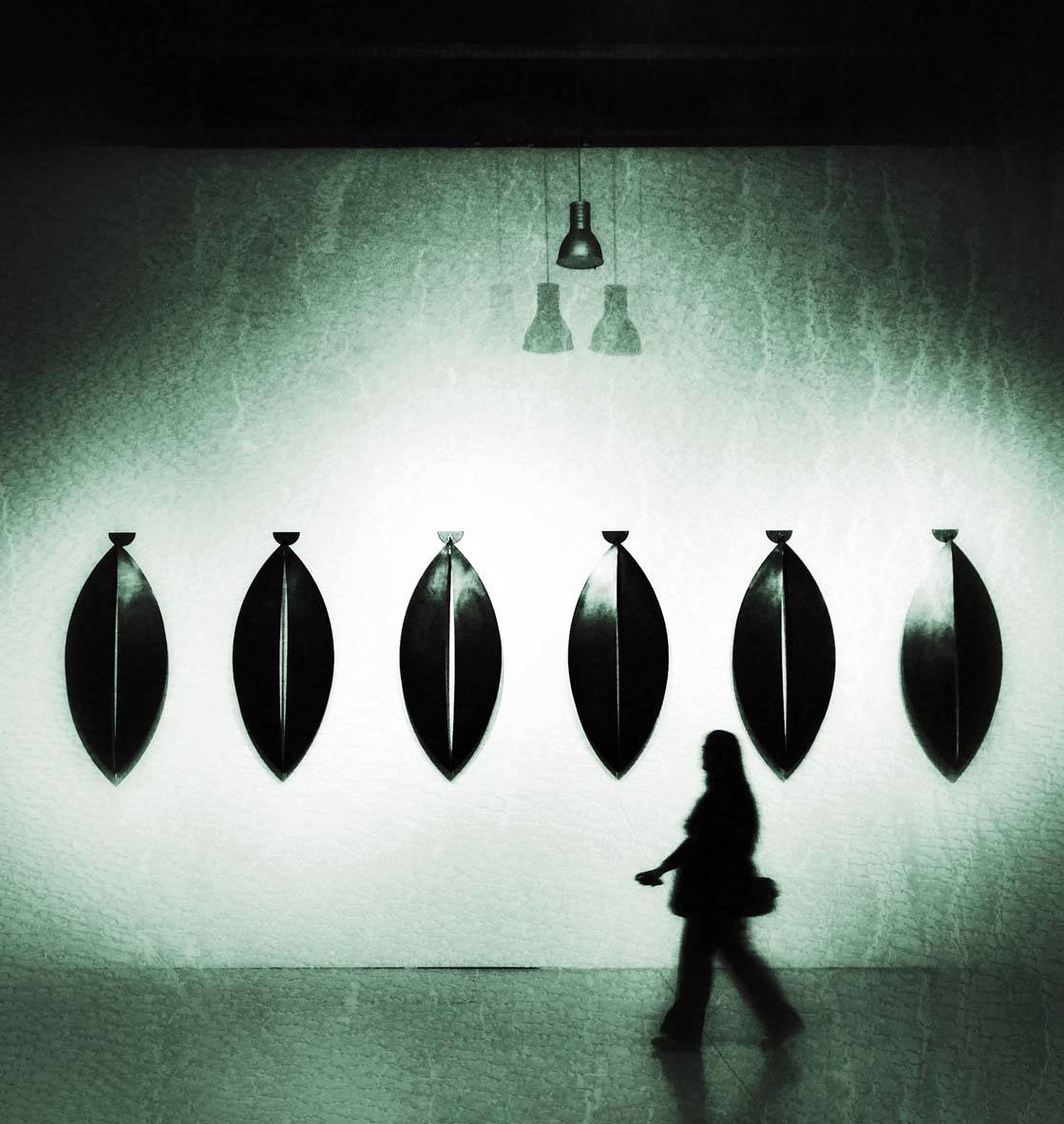
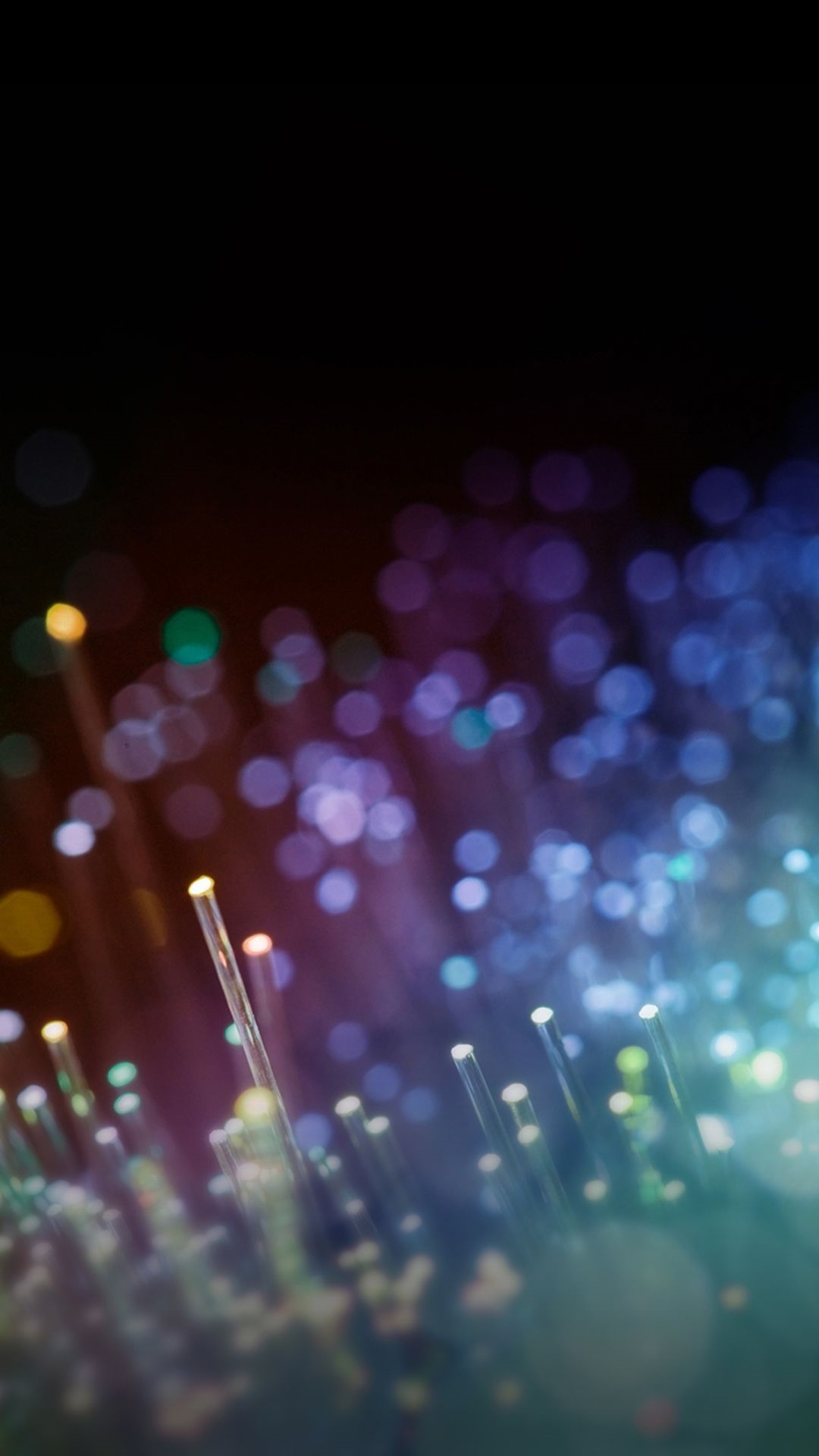


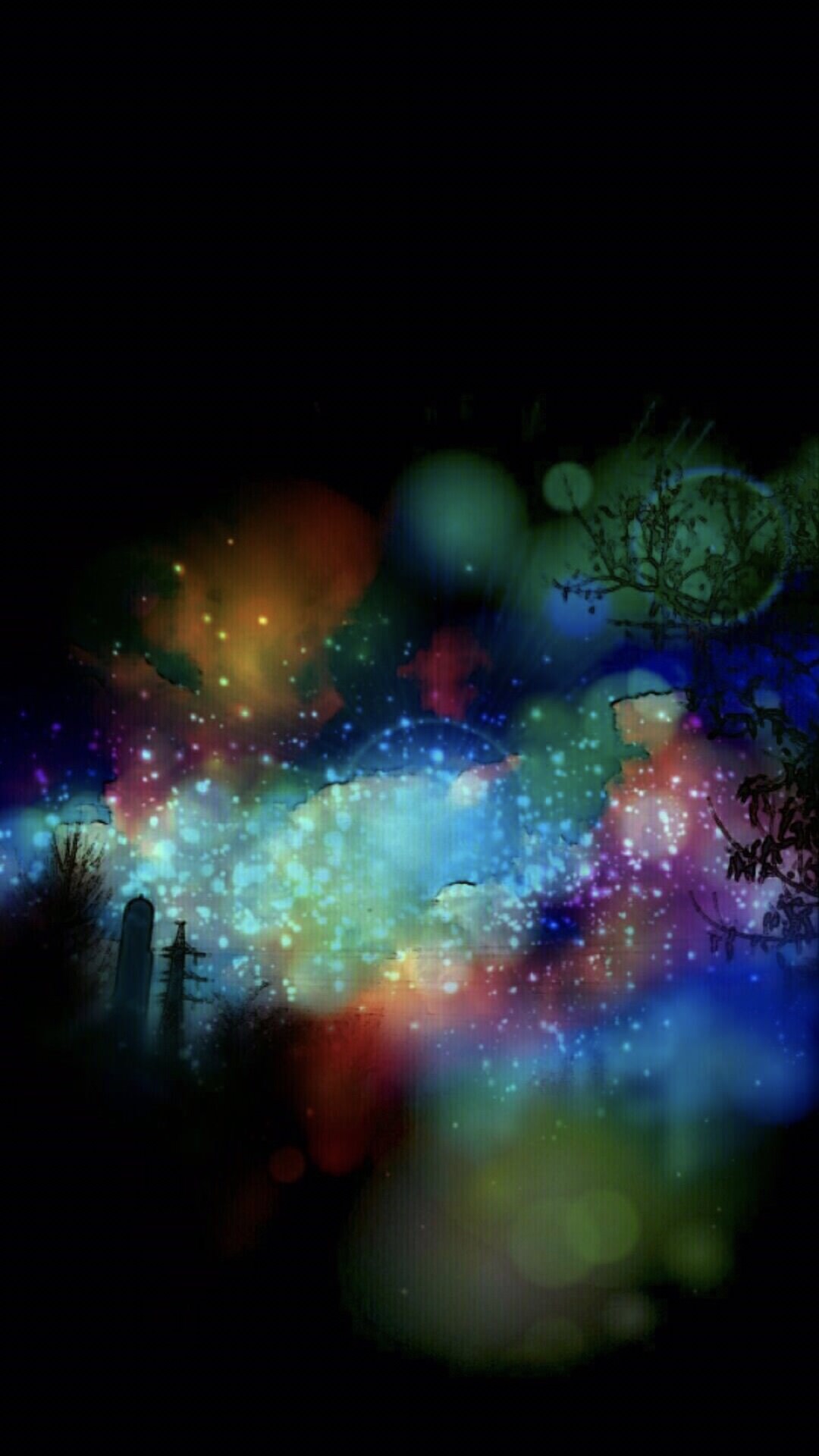
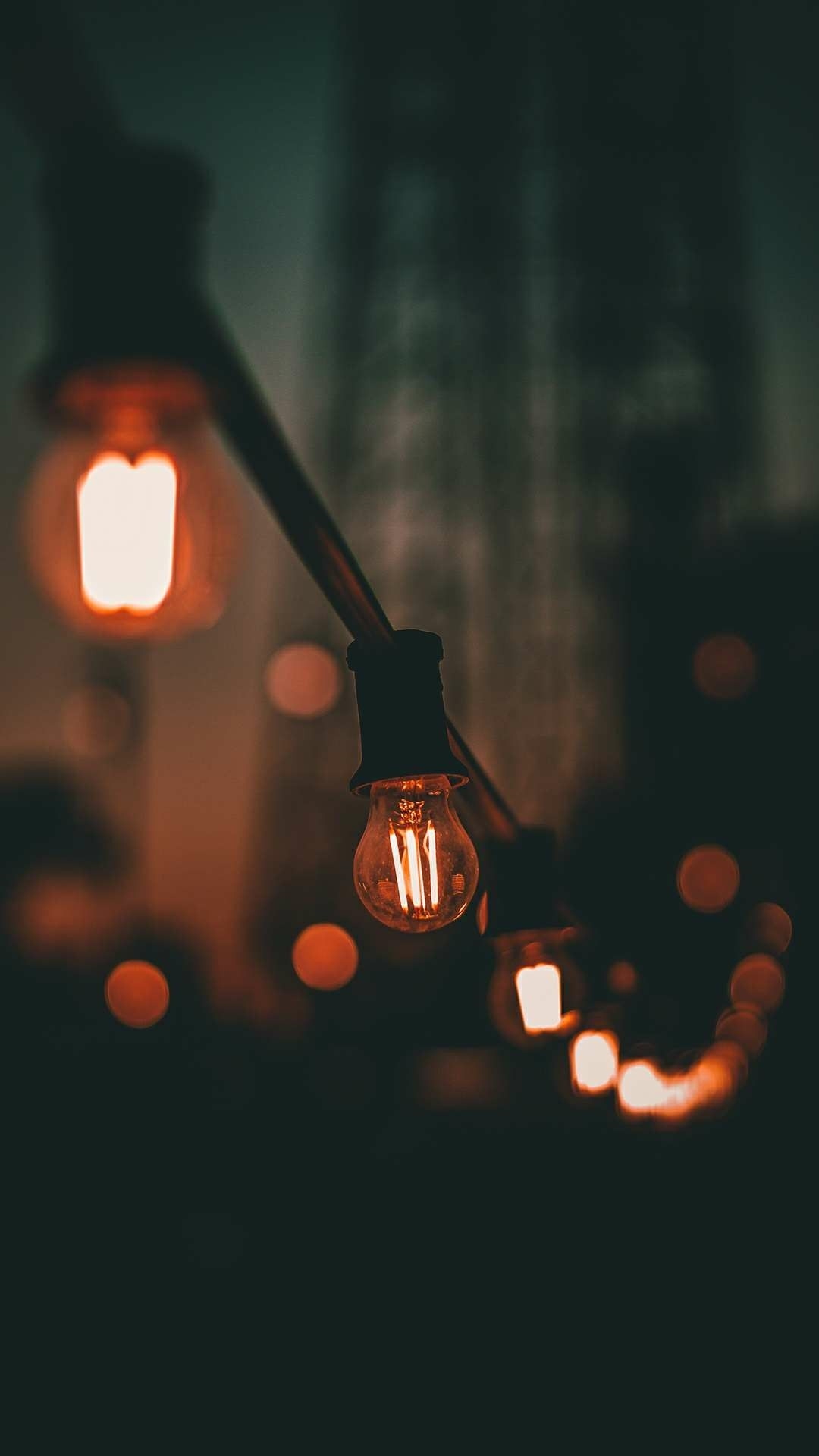
Closure
Thus, we hope this article has provided valuable insights into Illuminating the iPhone: Exploring the Power of Wallpaper Light. We appreciate your attention to our article. See you in our next article!
